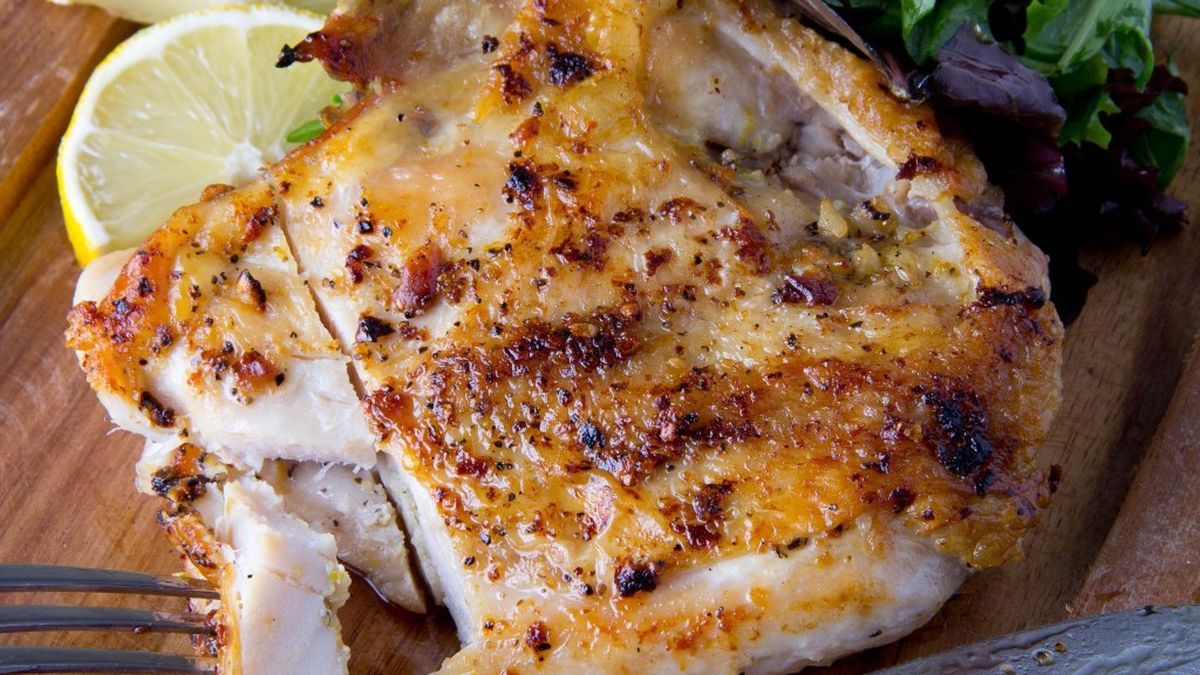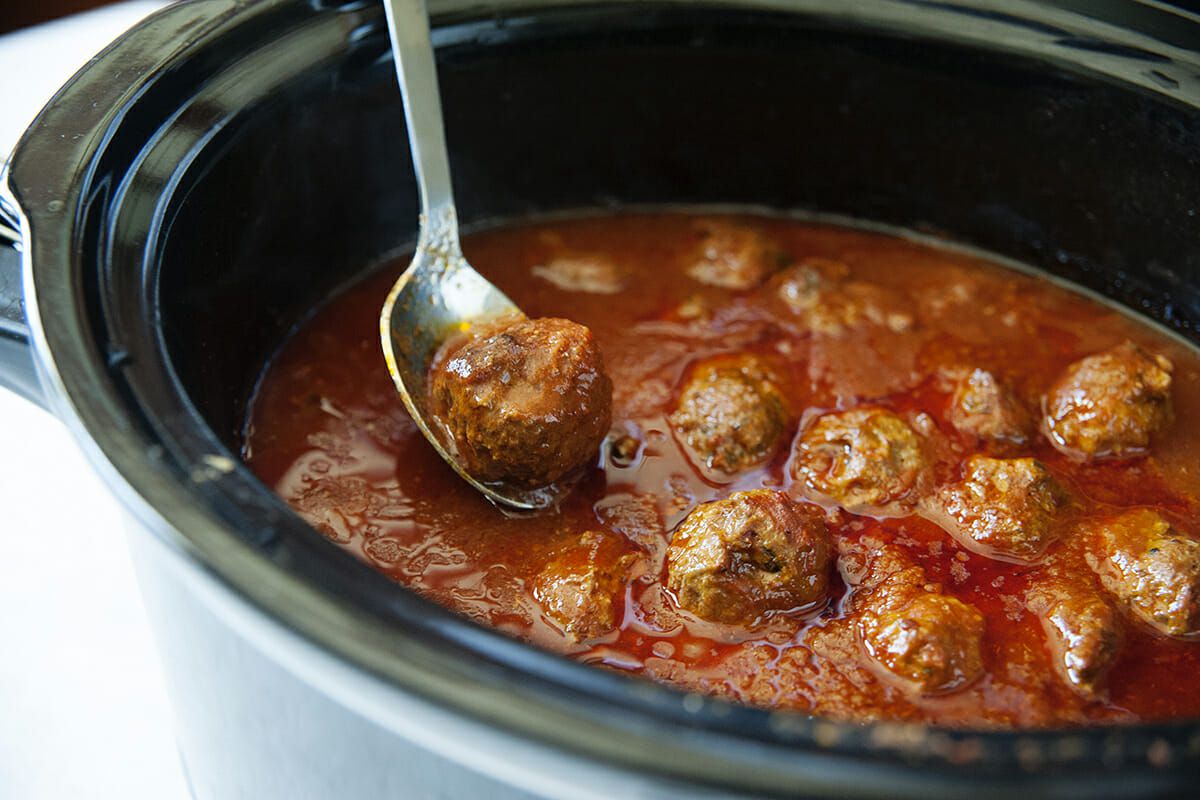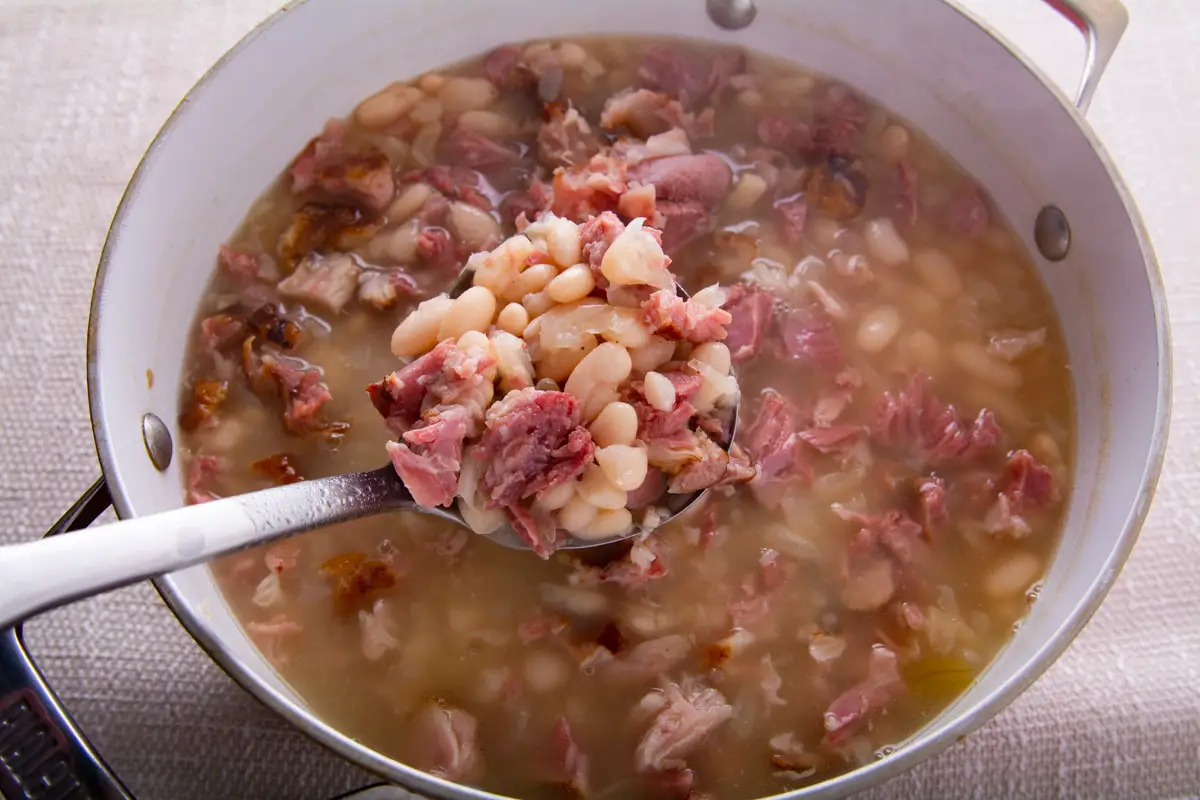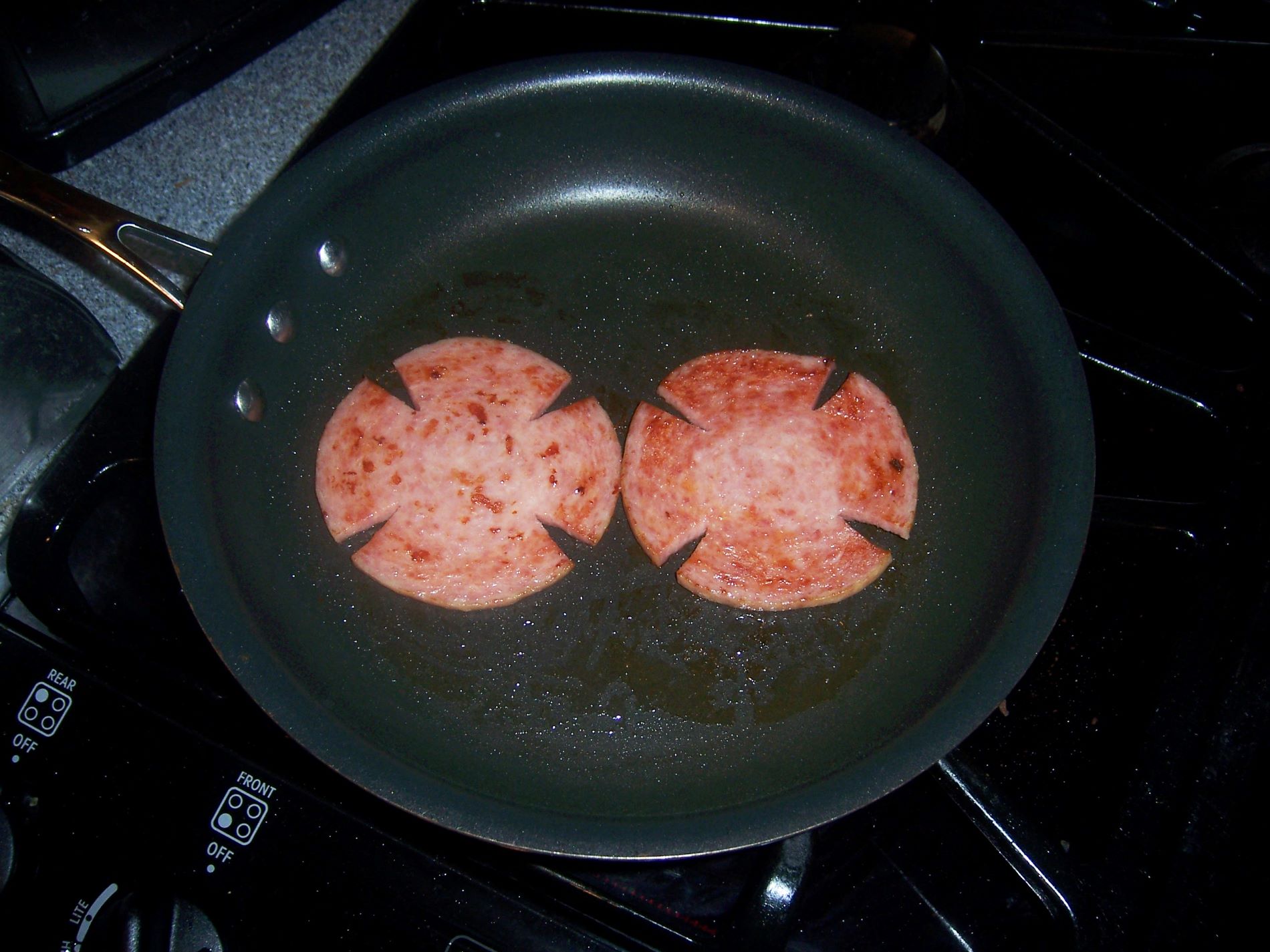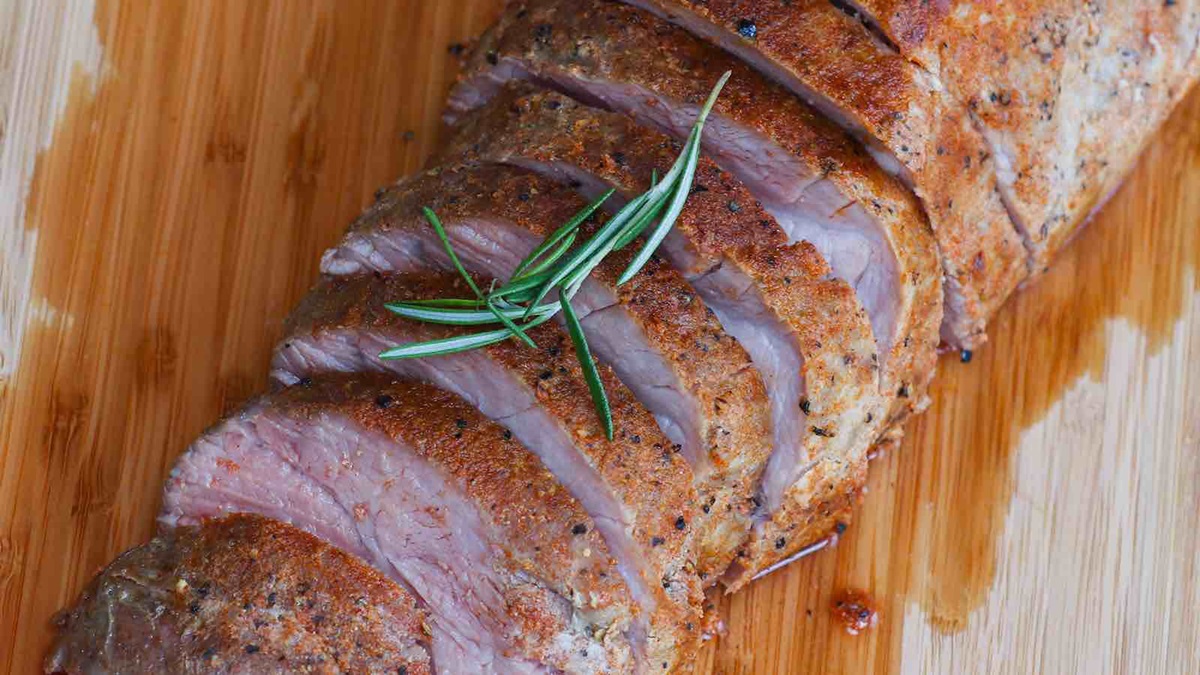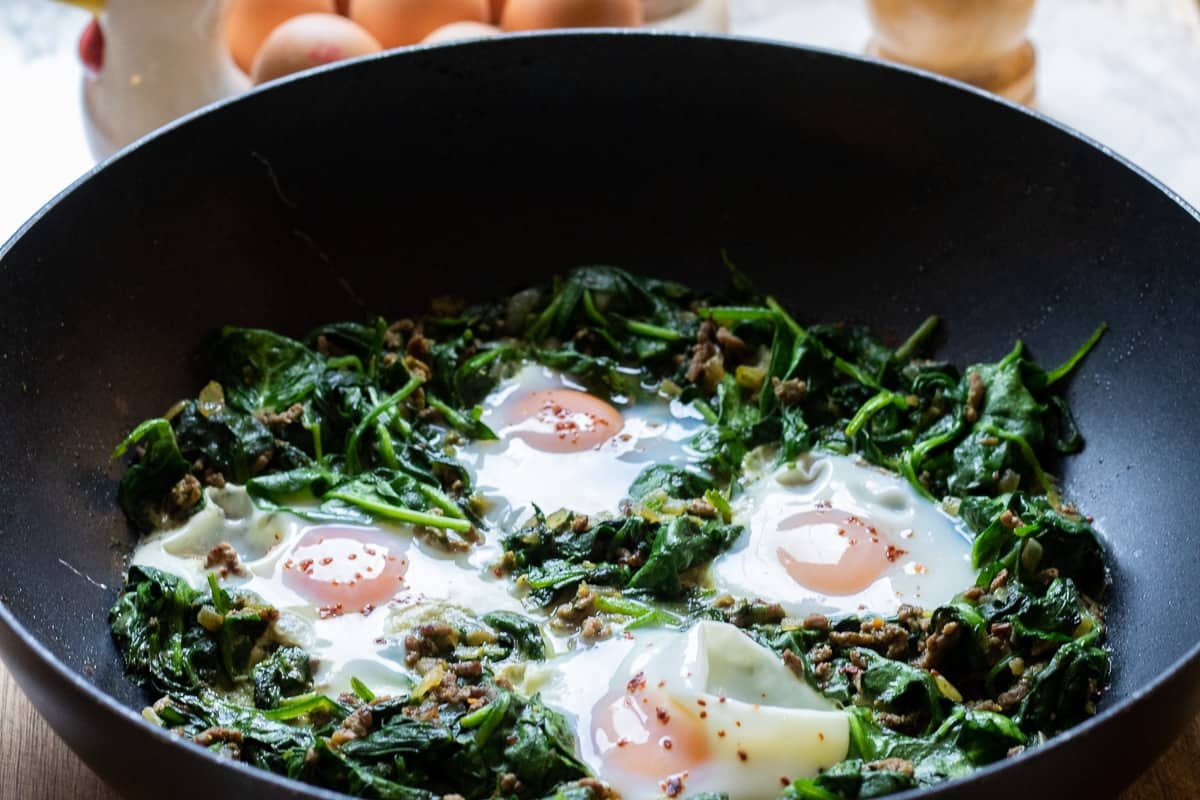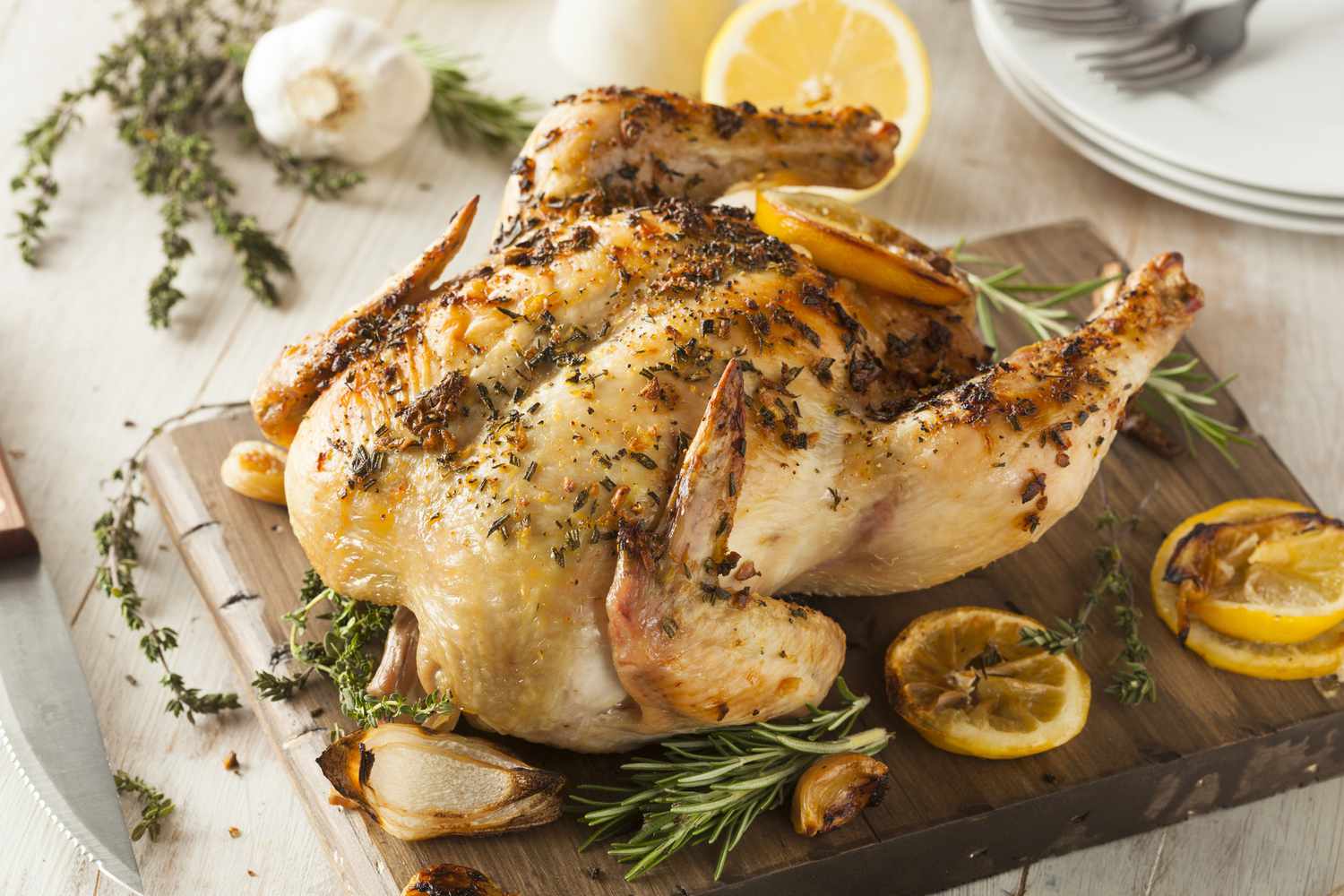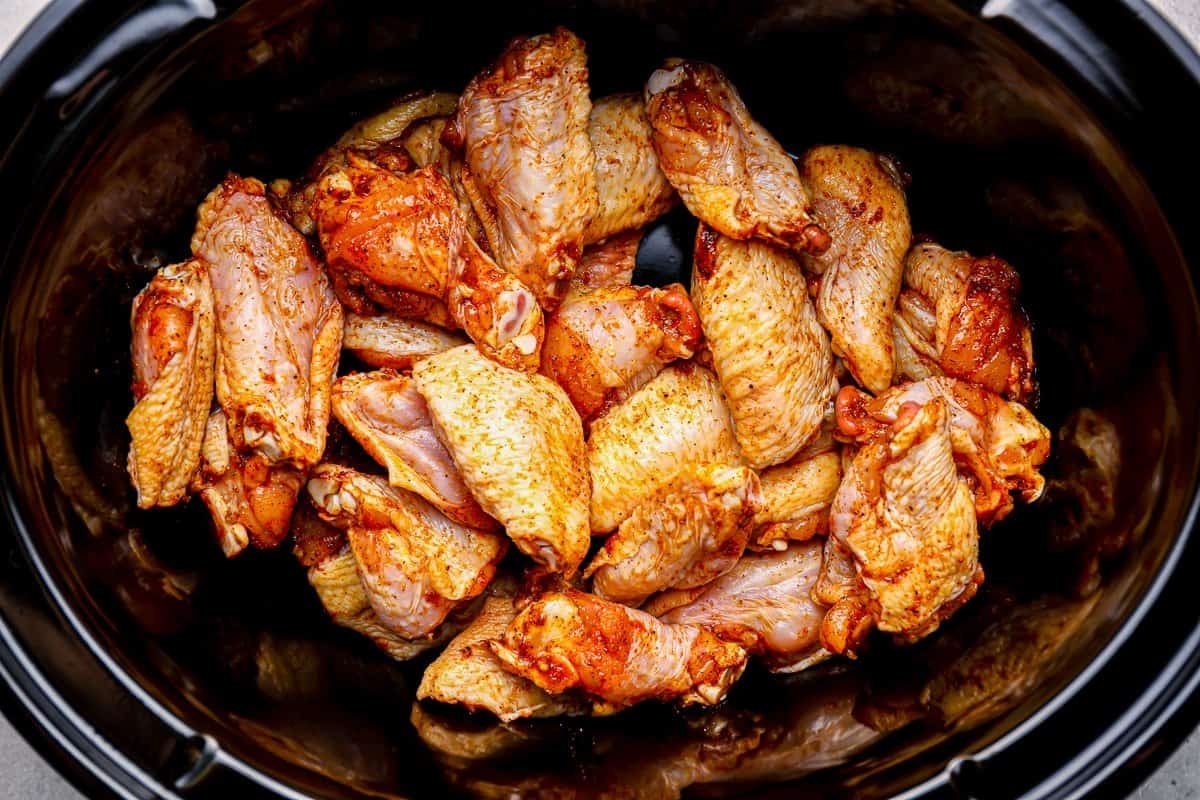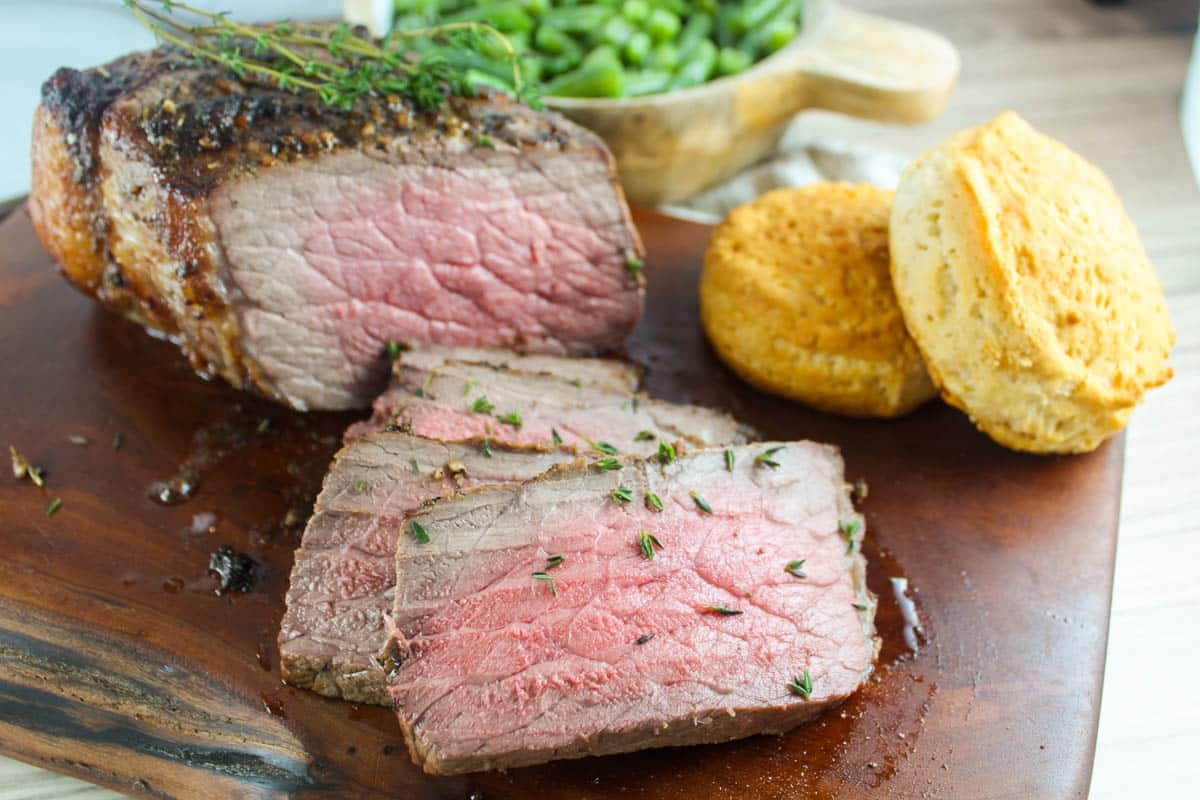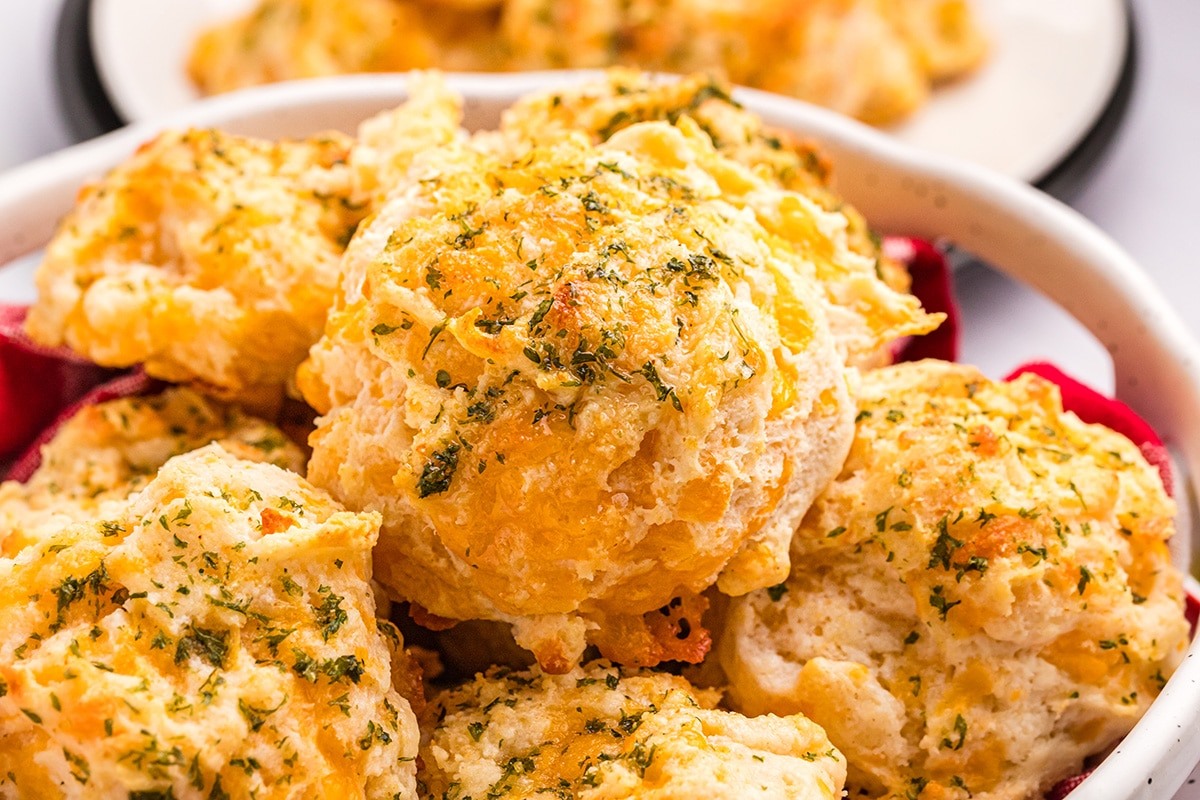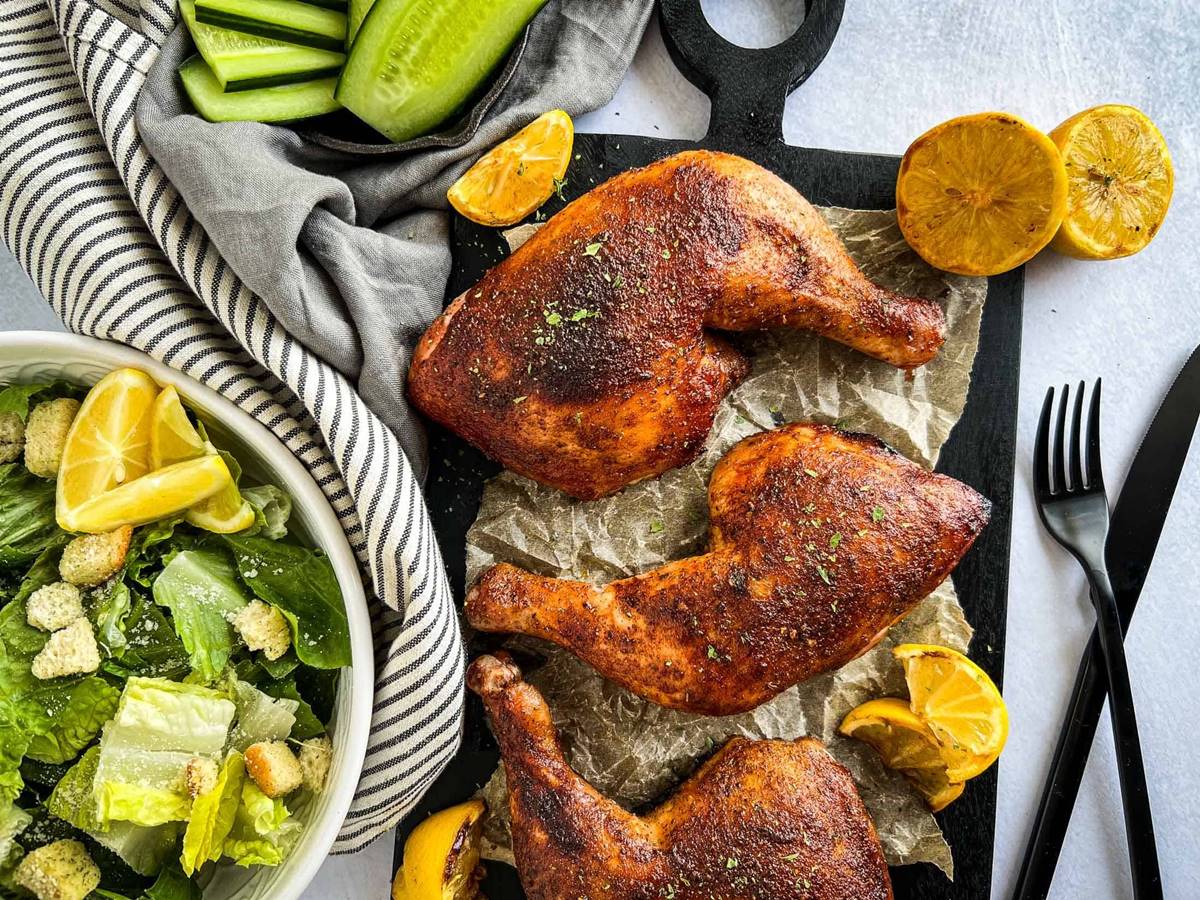Give Your Pup’s Meals a Healthy Boost with Homemade Chicken Fat
As a loving dog owner, you want to provide your furry friend with the best nutrition possible. While commercial dog food brands offer a convenient option, have you considered adding homemade elements to your pup’s meals? One such addition is homemade chicken fat. Not only does it enhance the taste of your dog’s food, but it also offers several health benefits.
Why Cook Chicken Fat for Dogs?
Chicken fat is a rich source of essential fatty acids, including Omega-3 and Omega-6. These fatty acids play a vital role in supporting your dog’s overall health. Omega-3 helps improve coat and skin health, boosts brain function, and supports joint health. Omega-6 supports the immune system, promotes healthy cell growth, and aids in digestion. By cooking chicken fat specifically for your dog, you can ensure they are receiving these important nutrients.
Step-by-Step Guide to Cooking Chicken Fat for Dogs
Making homemade chicken fat for your pup is easier than you might think. Follow these simple steps to prepare a nutritious and delicious addition to their meals:
- Start with high-quality chicken skin and fat. Avoid using flavored or seasoned pieces, as they may contain ingredients that are harmful to dogs.
- Cut the chicken skin and fat into small pieces, making sure to remove any excess meat.
- Place the pieces in a pan and cook over low heat. This will allow the fat to render slowly and prevent it from burning.
- Stir occasionally to ensure even cooking. As the fat melts, it will release its flavor and golden color.
- Once the fat has melted and the skin has turned crispy, remove the pan from the heat.
- Allow the homemade chicken fat to cool down before transferring it to a clean jar or container.
Remember to refrigerate the chicken fat to keep it fresh for longer. You can then spoon out small amounts as needed to mix into your dog’s regular meals.
How to Use Chicken Fat in Your Dog’s Meals
Now that you have a jar of homemade chicken fat, it’s time to incorporate it into your dog’s meals. Here are a few simple ways to use this nutritious addition:
- Mix a teaspoon of chicken fat into your dog’s dry kibble. This will add flavor and provide the essential fatty acids they need.
- Spread a thin layer of chicken fat on top of your pup’s food. It will entice their taste buds and make mealtime more enjoyable.
- Use chicken fat as a healthy alternative to butter or oil when cooking homemade dog treats. It will add richness and a savory taste.
Remember, moderation is key when it comes to adding chicken fat to your dog’s diet. While it offers numerous health benefits, excessive amounts can lead to weight gain. Always consult with your veterinarian to determine the right portion size for your pup.
Conclusion
Cooking homemade chicken fat for your dog is a simple and effective way to enhance their meals with added nutrition and flavor. With the right ingredients and a few easy steps, you can provide your furry friend with a healthy boost to support their overall well-being. Give it a try, and watch your pup lick their bowl clean!
Was this page helpful?
Read Next: How To Cook Sausage Links In Microwave
